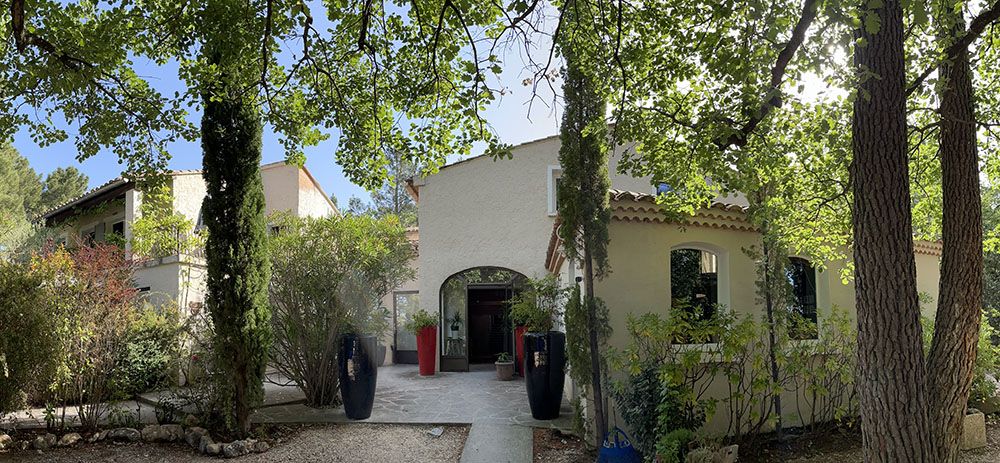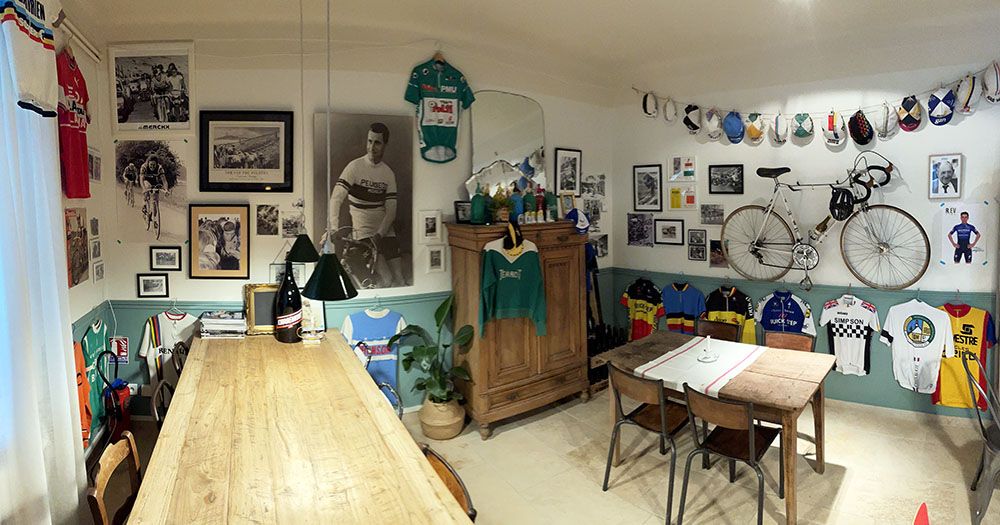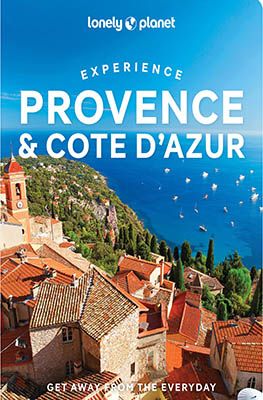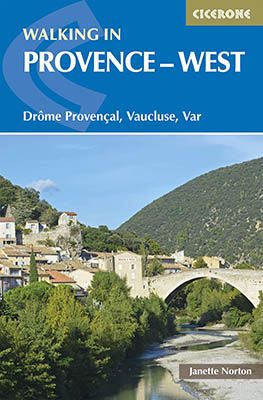Provence has long been a very popular holiday destination in France. This region is known for its beautiful lavender fields, sunflowers, picturesque villages, medieval abbeys, olive groves and many vineyards. With good reason did Vincent van Gogh spend a lot of time in the enchanting landscape of Provence. We recently visited the Vaucluse. In this region in particular, we experienced the “joie de vivre” lifestyle so typical of Provence. The immediate reason for our trip was a long-cherished sporting challenge: climbing Mont Ventoux. But the holiday became so much more than just toiling to the top of the “Bald Mountain”. In this blog, you’ll read why the Vaucluse is a fantastic holiday destination even for less avid cyclists. So, firstly we’ll mention the region’s highlights.
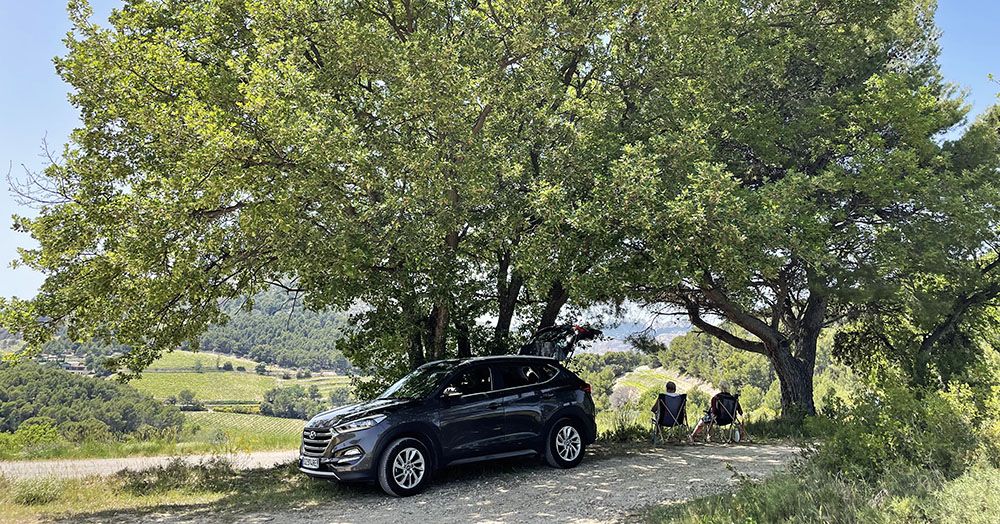
The highlights of the Vaucluse in Provence
The Vaucluse is a region located on an elongated, steep, rocky ridge. You’ll find picturesque hilltop villages, lavender fields and countless vineyards. There is so much to see and do that you can have a great time here for weeks. Here are some sights not to be missed during your holiday in this region:
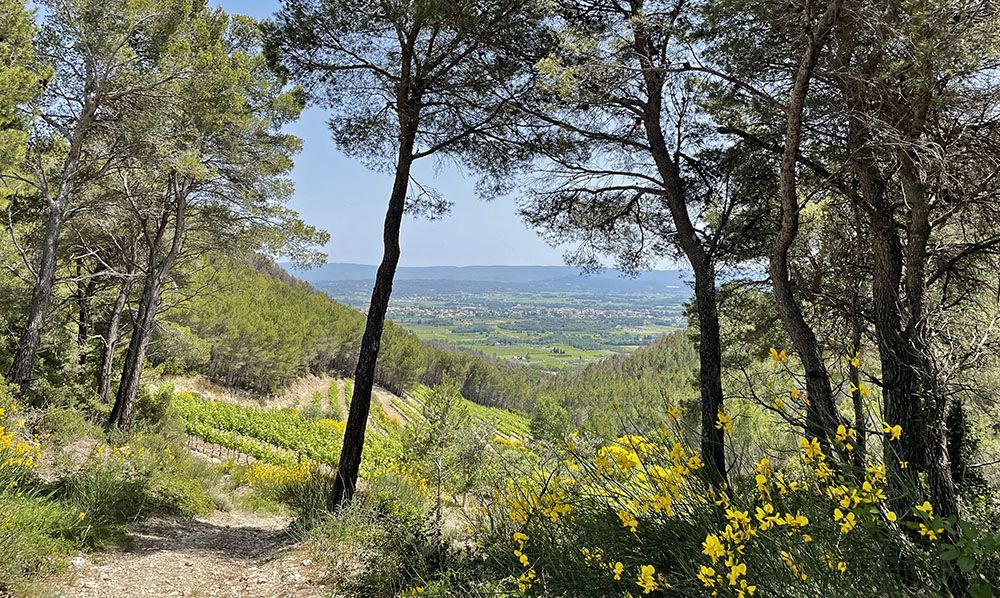
Avignon
Avignon is the capital of the Vaucluse region, located on the banks of the Rhone. The particularly ancient city was also where the popes fled from Rome. The largest Gothic building in the world, le Palais des Papes, still evokes those times. This whopping 15,000-square-metre palace served as a residence for many sovereign popes. However, Avignon’s early history is much older than that of the popes. Within the medieval city walls and ramparts, you find loads and loads of old buildings and monuments. A separate blog on this UNESCO World Heritage city will appear on our travel blog at a later point in the year.
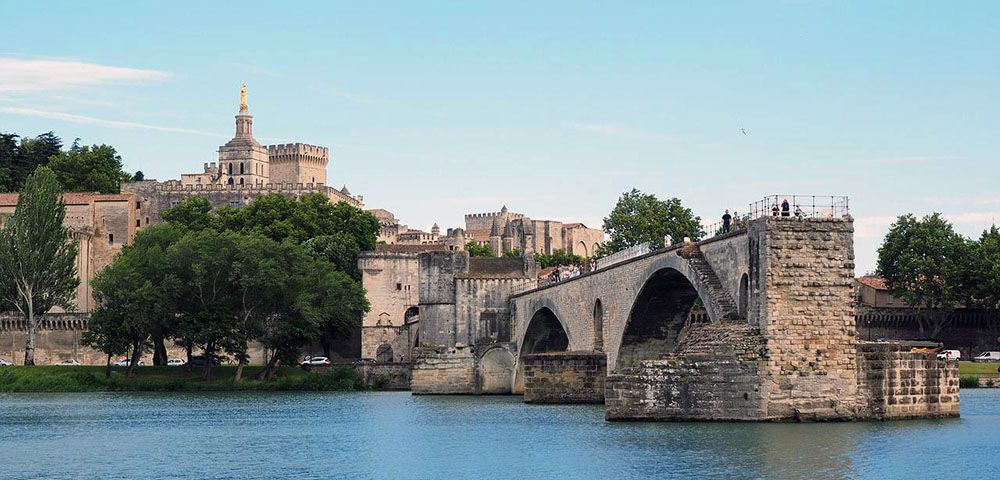
Regional Nature Park of the Luberon
In the Vaucluse, east of Avignon runs the Luberon: a 75-kilometre-long mountain range over 1,000 metres high. The mountain range is in the 165,000-hectare Parc naturel régional du Luberon. This natural park has particularly rich fauna and flora. For instance, there are many species of birds of prey, including vultures and eagles, which take refuge in the ravines and ridges in the limestone massif. There is also a great variety of landscape, ranging from rugged nature to gently rolling lavender fields.
Apart from a few small, particularly picturesque villages, the area is largely uninhabited and unspoilt. Besides nature, there are agricultural areas with heaps of vineyards where time seems to stand completely still. The area is super popular among cyclists, nature lovers, mountain hikers and mountaineers for a reason. One of the literal highlights in the park is the hike to the top of the Mourre Nègre. At 1,125 metres, this is the highest mountain in Luberon. From the top there’s a truly stunning view of the surrounding area. You can also see Mont Ventoux in the background.
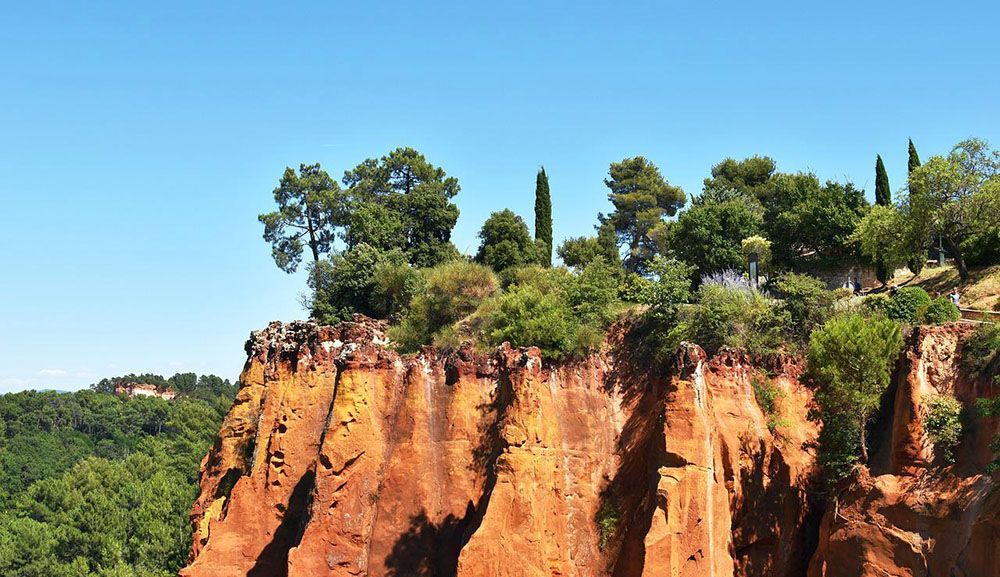
Wine tastings
No trip to France is complete without a visit to the world-famous wine regions of the Rhône Valley. One of the best wineries can be found near Mont Ventoux and along the Rhône. Wonderful wines come from this region. Think, for example, of the prestigious Châteauneuf-du-Pape. Not forgetting wines from Cairanne, Gigondas, Rasteau, Sablet and Vacqueyras.
Take your time during your stay in Vaucluse to discover the region’s wines, vineyards and gastronomy. Take a walk or bike ride along some of the fine wineries. Or go for an organised wine-tasting excursion and enjoy the best wines during a picnic, for example.
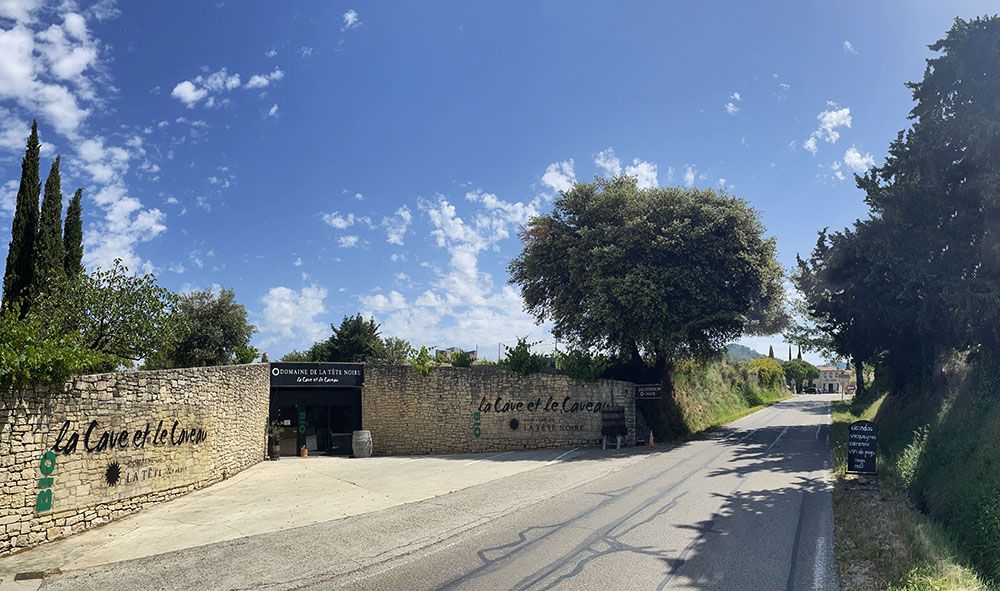
Gigondas
In the Vaucluse, there are so many picturesque villages, some even nicer than others. During our cycling trips, we visited a lot of them but there are too many to mention in this blog. Hence, we will highlight just one: Gigondas. This beautiful, ancient village lies at the foot of the Dentelles de Montmirail. Surrounding the village are more than 1,250 hectares of vineyards where wine has been grown for 2,000 years. On the way there, you pass many large and small wineries. You can do a wine tasting at most of them. But even if you have no interest in wine, Gigondas is a village you should definitely see.
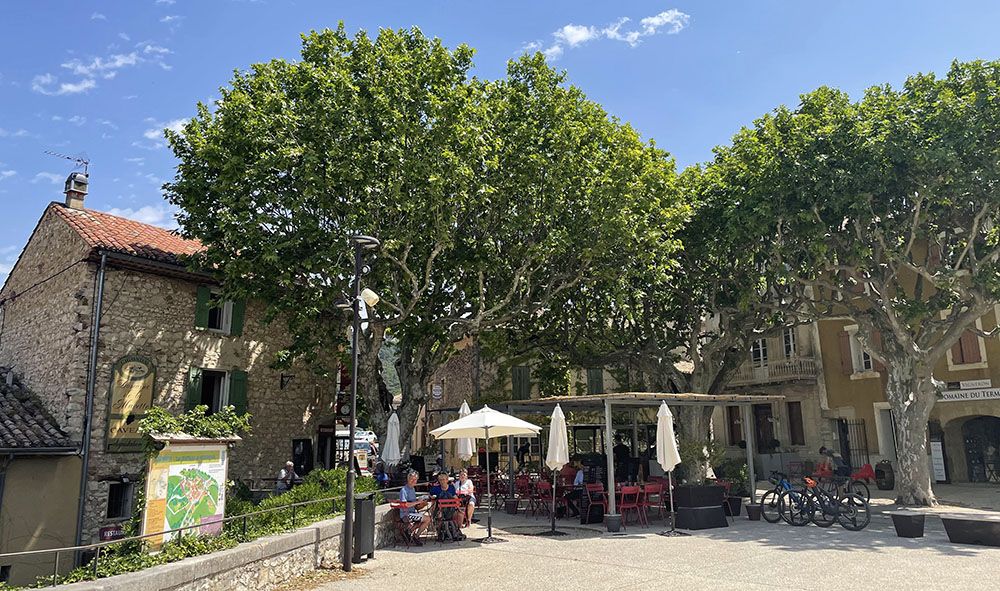
Your walk through the village starts at the pleasant little main square. Here you will find several terraces with beautiful views of the valley. Gigondas is built against a mountainside. Therefore, during your village walk there will be quite a climb! From the central square you walk up through the narrowest alleys towards the 11th-century Sainte-Catharina church. If you go even further up, you will arrive at the ruins of a medieval castle. All in all, the climb takes quite a while. This is because you keep stopping to enjoy the best views! Incidentally, are you travelling by car? Then you can park it at the bottom of the village and walk through to the main square.
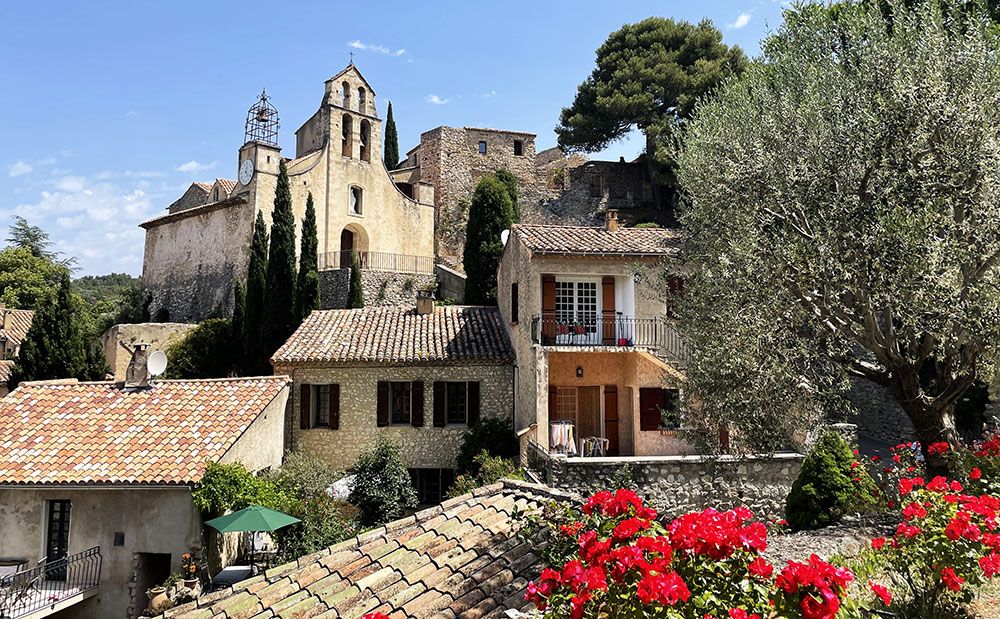
The lavender fields of the Vaucluse
Provence, and especially the Vaucluse, is known for its truly beautiful lavender fields. Every summer, the dark purple hues of the rolling fields create a unique landscape that attracts many tourists. The flowering season in the lower valleys usually runs from mid-June to mid-July. A little higher up in the hills, such as near Sault, the flowering season is several weeks later due to lower temperatures.
One of the most photogenic places in front of the lavender fields is at Notre-Dame de Senanque. This mid-12th-century abbey is located in the picturesque hilltop village of Gordes. For the best photos, be there early in the morning. Furthermore, the immediate area around Sault is a lavender location not to be missed. The Sault lavender festival takes place here on 15 August. This typically Provençal, idyllic village sits high on a hill overlooking Mont Ventoux. For this reason alone, Sault is not to be missed even outside the lavender season. The latter also applies to the charming village of Valensole. You’ll find perhaps the most picturesque, lavender fields in Provence here. Their lavender festival takes place on the third Sunday of July.
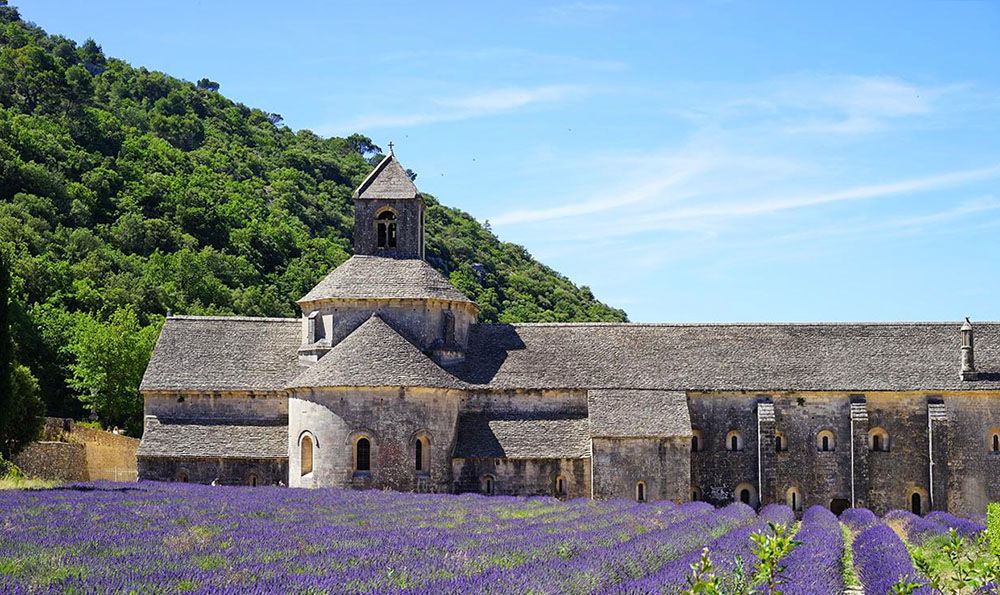
The most beautiful bike rides through the Vaucluse
The Vaucluse lends itself perfectly to exploration by bike. Apart from the sometimes-steep mountain slopes, the region is suitable for cyclists of all levels. And with 1,900 kilometres of signposted cycle paths and quiet country roads, the possibilities are numerous.
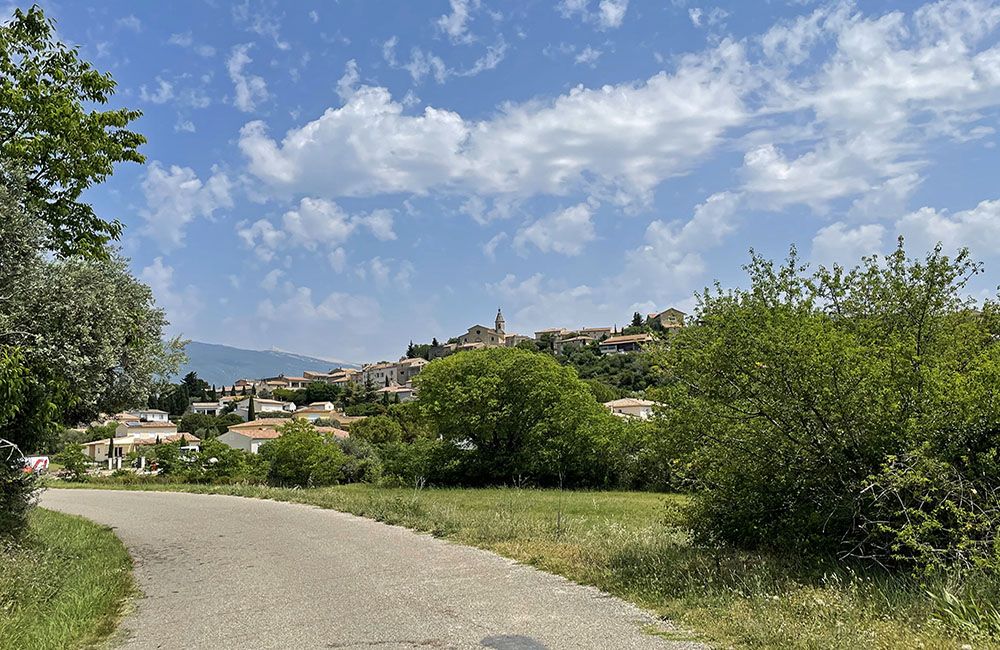
On the official Vaucluse region website, you will find the most beautiful cycling routes. A user-friendly filter lets you search by themes, such as vineyards or mountain villages. You can also search by destination (e.g. a specific wine region), level of difficulty, distance and other search criteria.
Apart from the various routes along the vineyards, the cycling tour to the village of Fontaine-de-Vaucluse is popular. This idyllic village is home to the source of the river Sorgue. Another beautiful route leads past the lavender fields near Sault. The route around Mont Ventoux is also popular. Here you do not climb the “Bald Mountain”, but you do have a constant view of it. But be inspired by the many possibilities on the website mentioned above!
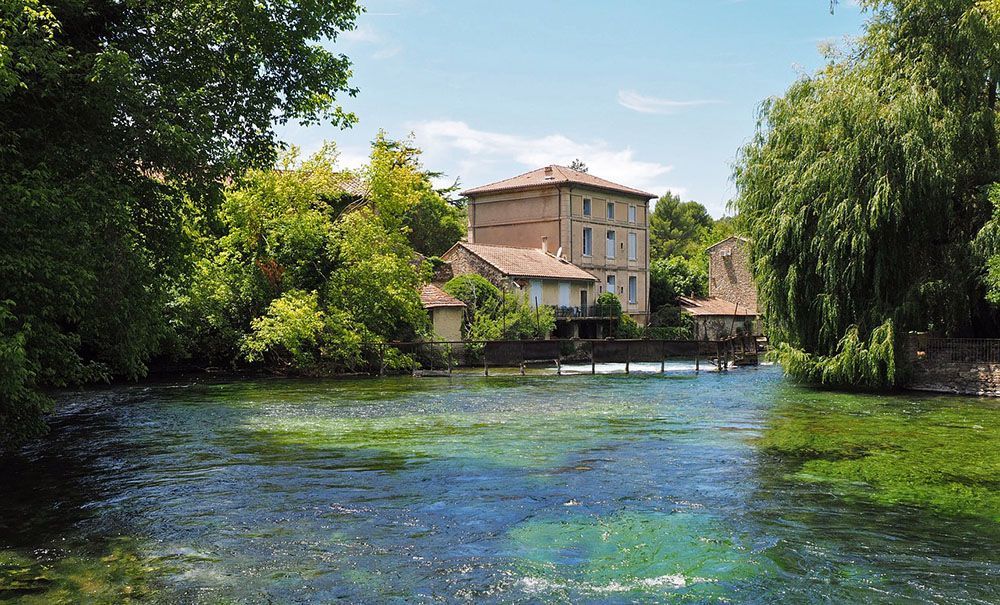
Climbing Mont Ventoux
Fans of cycling know the Vaucluse mainly because of the 1910-metre-high Mont Ventoux. From 1951 to 2016, the ascent of this “Bald Mountain” was part of the Tour de France 16 times. Since 2016, the actual summit is no longer conquered. However, the Tour still goes to ski station Chalet Reynard, located some 6.5 kilometres before the summit. However, it is not only cycling professionals who climb Mont Ventoux on their steel steed. Especially amateur cyclists, like us, take on the “Bald Mountain” here.
There are three routes to conquer Mont Ventoux: from Malaucène in the north, from Sault in the south-east and from Bédoin in the south-west. The routes from Bédoin and Sault meet at Chalet Reynard. Because of the Tour, the Bédoin route is the most famous, but also the toughest. The Sault route is the least difficult.
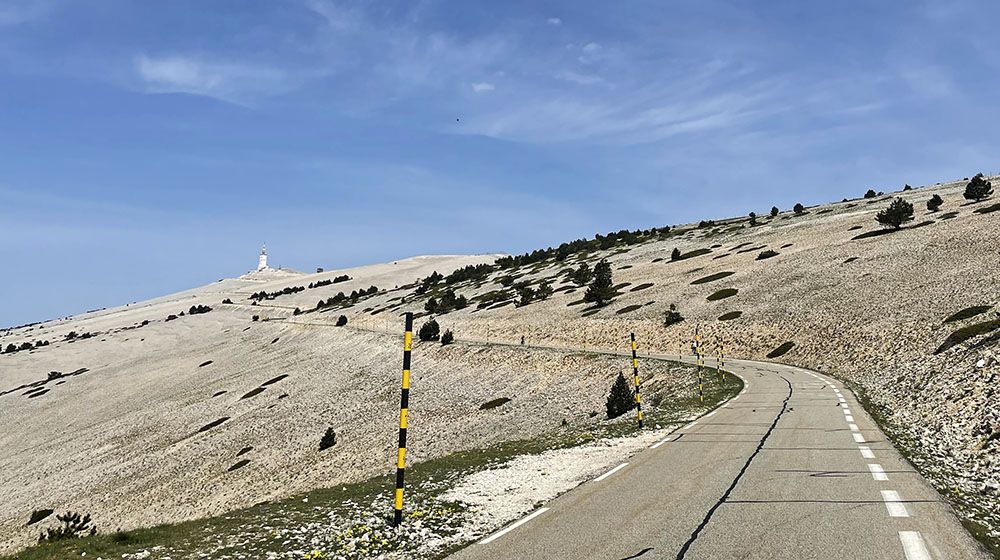
Training
From the wide surroundings, you can already see Mont Ventoux. The middle part of the mountainside is completely forested. But the upper 500 metres of the mountain look bare and desolate. From a distance, the mountain looks fine to brave. But the closer you get, the more awe you feel. And rightly so, because the mountain is one of the toughest cols in France. But thus also a fantastic challenge.
To climb the mountain, you need to seriously train. Of course, it helps if you already have climbing experience. But you especially need a lot of kilometres in your legs. And you need to know what it’s like to keep going just when you would prefer to give up. This is especially true of the tough route from Bédoin that we rode. There are many websites that can help you get good training schedules. Or more information about the mountain itself, and the three routes that take you to the top.
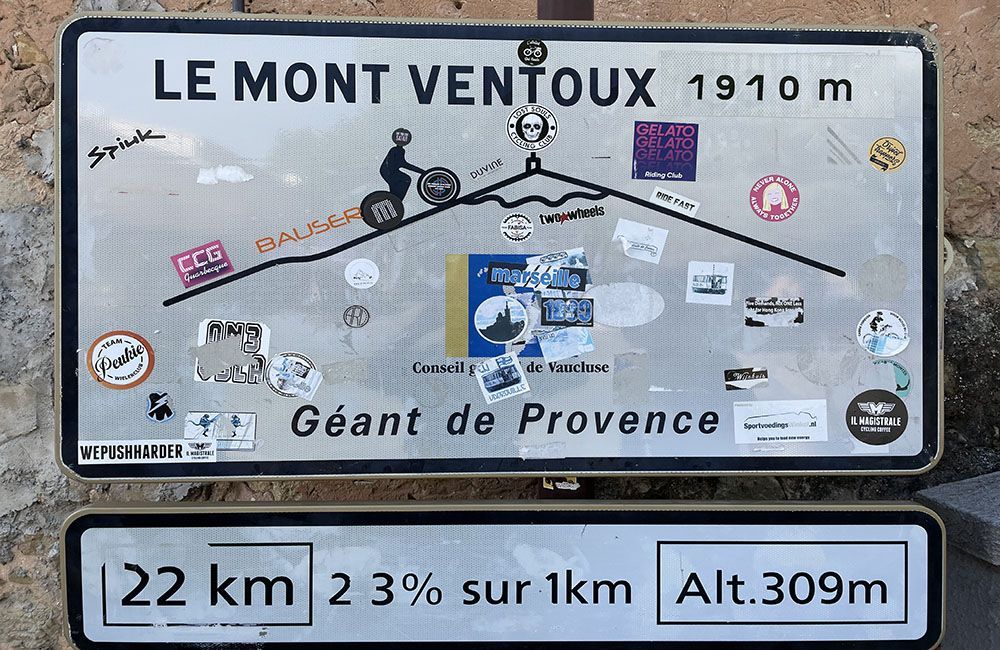
Our experience of the route from Bédoin
From the village of Bédoin, situated at an altitude of 300 metres, we first relaxed cycling towards the forest. The ride through the forest, then, became a real test with an average 9% gradient. Only at Chalet Reynard did we get the chance to relax a bit. After all, here you head towards the summit with only a 5-6 per cent gradient. Except for the last stretch: the last 1.5 kilometres the gradient does not drop below 10%.
Once at the summit, the particularly tough climb seemed quickly forgotten. Not only the younger riders but also active over-50s like us can then be heard chatting and laughing. As if nothing had happened before. The improbably beautiful views also make up for a lot. But above all, it is the hard performance that gave us an ultimate feeling of satisfaction. After all, not everyone weighs just 60 kilos and/or has over 15,000 kilometres in their legs.
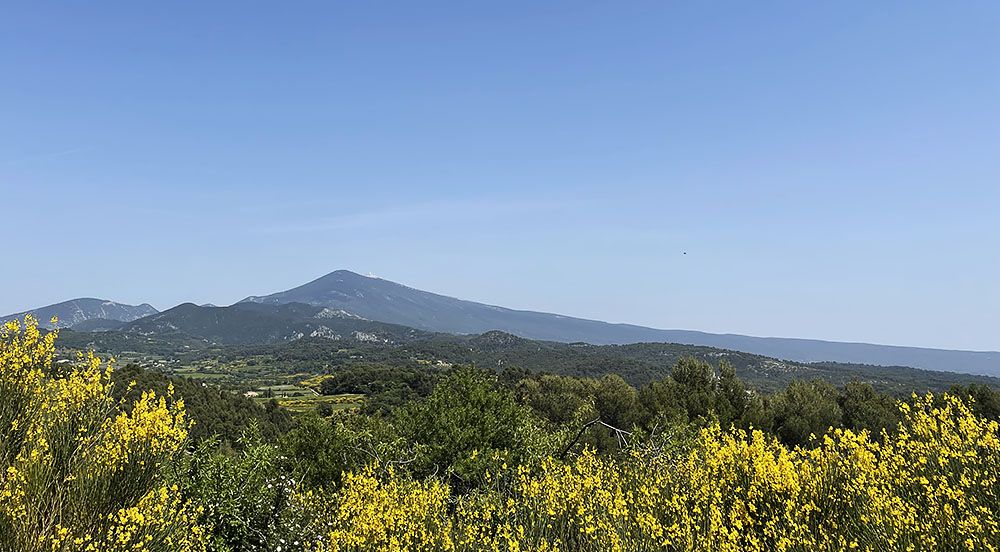
Answers to frequently asked practical questions regarding the Vaucluse
The Vaucluse is located deep in the south of France. There are many transport options for the Vaucluse. For example, you can get there by train. This is usually not a cheap but reasonably quick option. If you want to go by plane, Marseille is the nearest airport. With many airlines, you can take your bike along at a bargain price! However, most people go by private car. You are then much more flexible to go wherever you want.
The best travel months for the Vaucluse are May, June, (early) July and September. Late July and August are not only very hot but also crowded. If you want to enjoy the beautiful lavender fields, it is best to go there in late June or early July.
That depends on where and with what kind of bike you are going to cycle. To climb Mont Ventoux, you obviously need a good level of fitness. But the gentle valleys of the Vaucluse are also suitable for normal cycling. Most comfortable, of course, is an e-bike. We even saw people climbing Mont Ventoux on their e-bikes!
Yes, there are many possibilities to rent a bike or e-bike. Of course, the rental companies also offer breakdown assistance (except for flat tyres). And you can often return the bike elsewhere than the rental location. There are many rental companies in this region. In Bédoin alone, where we were, you have two good ones: Bédoin Location and Camp de Base Ventoux.
Yes, indeed! There are no less than 60 charging points for your e-bike in the Vaucluse.
You can find the most idyllic accommodation in the Vaucluse: from charming bed & breakfasts and homestays, to luxury holiday homes and comfortable flats or hotels. We ourselves stayed at Hôtel des Pins, a charming hotel just outside Bédoin. The pool and patio were especially pleasant. Should you consider this accommodation: do ask explicitly for a room with a separate shower. Otherwise, you'll probably get a bath by default.
